MASH Compliant Safety Barriers
Since its introduction in 1999, the Australian/New Zealand Standard AS/NZS 3845 has utilised the NCHRP Report 350 guidelines as the basis for testing protocols to assess safety barrier related hardware and devices. In the recent revision of this Standard, Part 1:2015 and Part 2:2017 recognised the introduction of the Manual for Assessing Safety Hardware (MASH) guidelines, and updated to MASH as the basis for crash testing.
In an effort to encourage installation of MASH compliant devices, the Austroads Safety Barrier Assessment Panel (ASBAP) updated its assessment criteria to be in accordance the MASH guidelines as per AS/NZS3845 Parts 1 and 2.
The Panel set a staged transition period due to conclude at the end of December 2020, and this was recommended to the various state road authorities.
MASH TL1 COMPLIANT
MASH TL2 COMPLIANT
MASH TL3 COMPLIANT
MASH TL4 COMPLIANT
Safety Barriers WA offers the full range of MASH Compliant products for your project
These include our proprietary Ezy-Guard Smart and Ezy-Guard 4 systems which are fully compliant to MASH TL3. We have also extended this product family with the Ezy-Guard High Containment, the first ThrieBeam barrier in Australia which is compliant to MASH TL4. This offers a large increase in containment with a 58% increase in impact energy when compared to the old 350 TL4 systems. Both of these barrier systems can be terminated with the ET-SS End-Terminal which is compliant to MASH TL3.
MASH TL3 COMPLIANT

Ezy-Guard Smart
MASH TL3 COMPLIANT
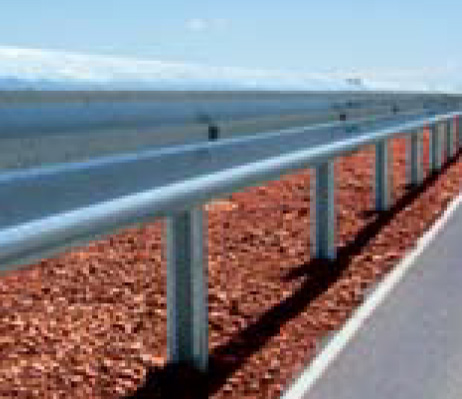
Ezy-Guard 4
MASH TL4 COMPLIANT
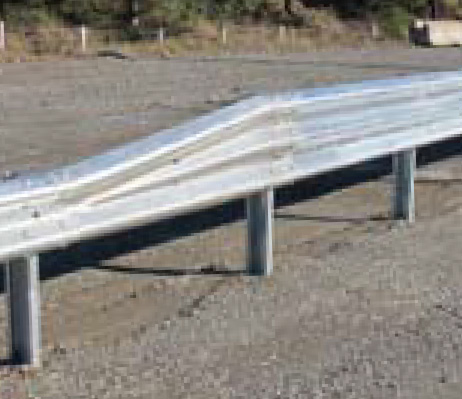
Ezy-Guard HC
MASH COMPLIANT
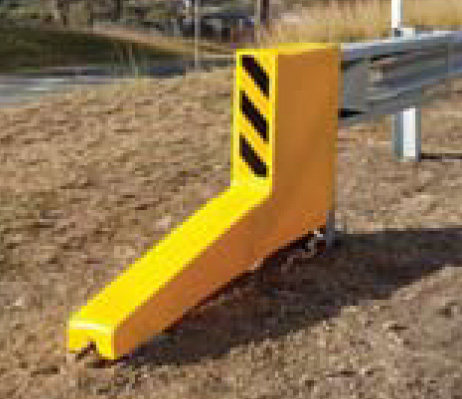
ET-SS Guardrail Terminal
MASH TL3 COMPLIANT
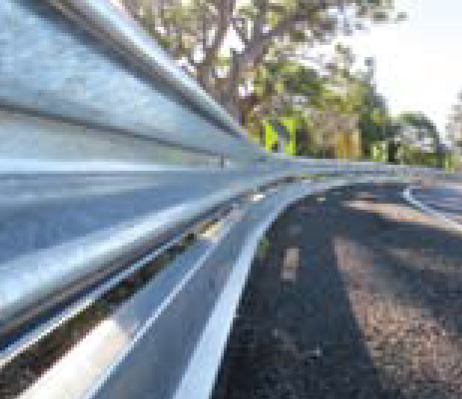
MASH COMPLIANT
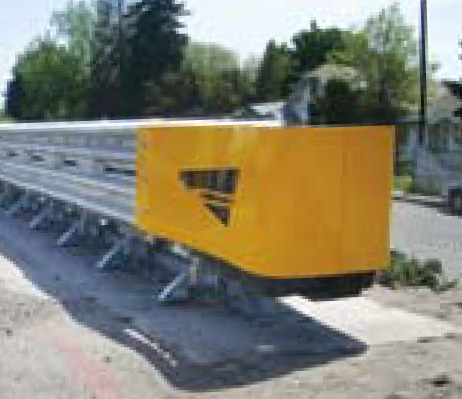
QuadGuard M10
MASH COMPLIANT
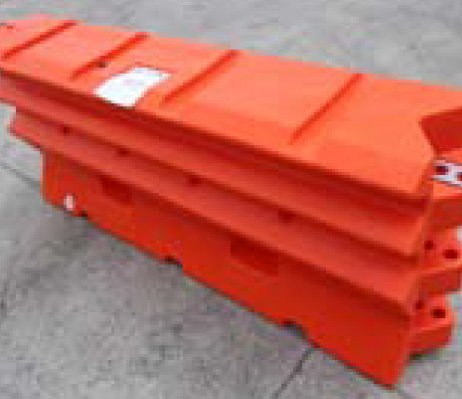
ArmorZone MASH
MASH COMPLIANT
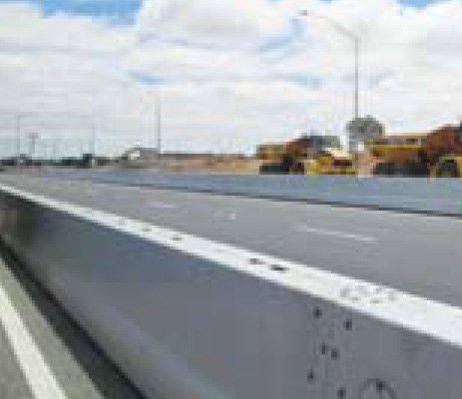
BG800 Temporary Barrier
Changes to Standard – NCHRP 350 to MASH
The differences between NCHRP 350 and MASH reflect the upsizing of the American vehicle fleet since 1993 and amendments to remove testing inconsistencies in impact conditions and evaluation criteria in NCHRP 350.
The key differences between the two test protocols are:
- Pickup truck mass increases from 2000 kg to 2270kg
- Small car mass increases from 820 kg to 1100kg
- Small car impact angle increases from 20 to 25 degrees
- TL-4 truck mass increases from 8000 kg to 10000 kg
- TL-4 truck speed increases from 80 kph to 90 kph
- Terminal and crash cushion impact angle increases from 20 to 25 degrees.
The NCHRP 350 and MASH impact conditions and containment energy for the highest mass vehicle are summarised in the following tables. Lighter weight vehicles (820kg for NCHRP 350 and 1100kg for MASH) are also used in all tests to ensure that impact severity conditions are not exceeded for these smaller vehicles.
NCHRP-350 SUMMARY
| Test Level | Maximum Test Vehicle Mass | Impact Speed | Impact Angle | Crash Energy |
|---|---|---|---|---|
| TL-1 | Pickup – 2000kg | 50kph | 25 | 35kJ |
| TL-2 | Pickup – 2000kg | 70kph | 25 | 68kJ |
| TL-3 | Pickup – 2000kg | 100kph | 25 | 138kJ |
| TL-4 | Single Unit Truck – 8000kg | 80kph | 15 | 138kJ |
MASH SUMMARY
| Test Level | Maximum Test Vehicle Mass | Impact Speed | Impact Angle | Crash Energy |
|---|---|---|---|---|
| TL-1 | Pickup – 2270kg | 50kph | 25 | 39kJ |
| TL-2 | Pickup – 2270kg | 70kph | 25 | 77kJ |
| TL-3 | Pickup – 2270kg | 100kph | 25 | 156kJ |
| TL-4 | Single Unit Truck – 10000kg | 90kph | 15 | 209kJ |
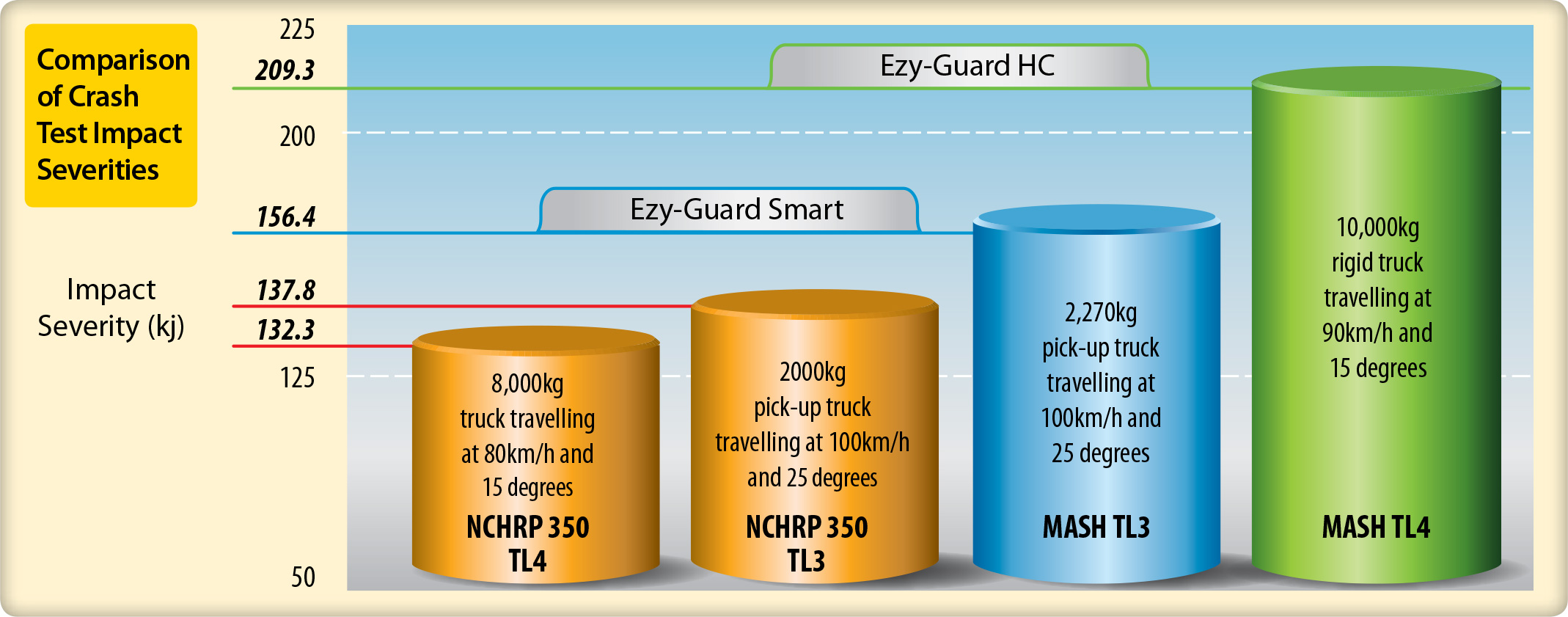
All the products described on this page are manufactured by Ingal Civil Products (www.ingalcivil.com.au)